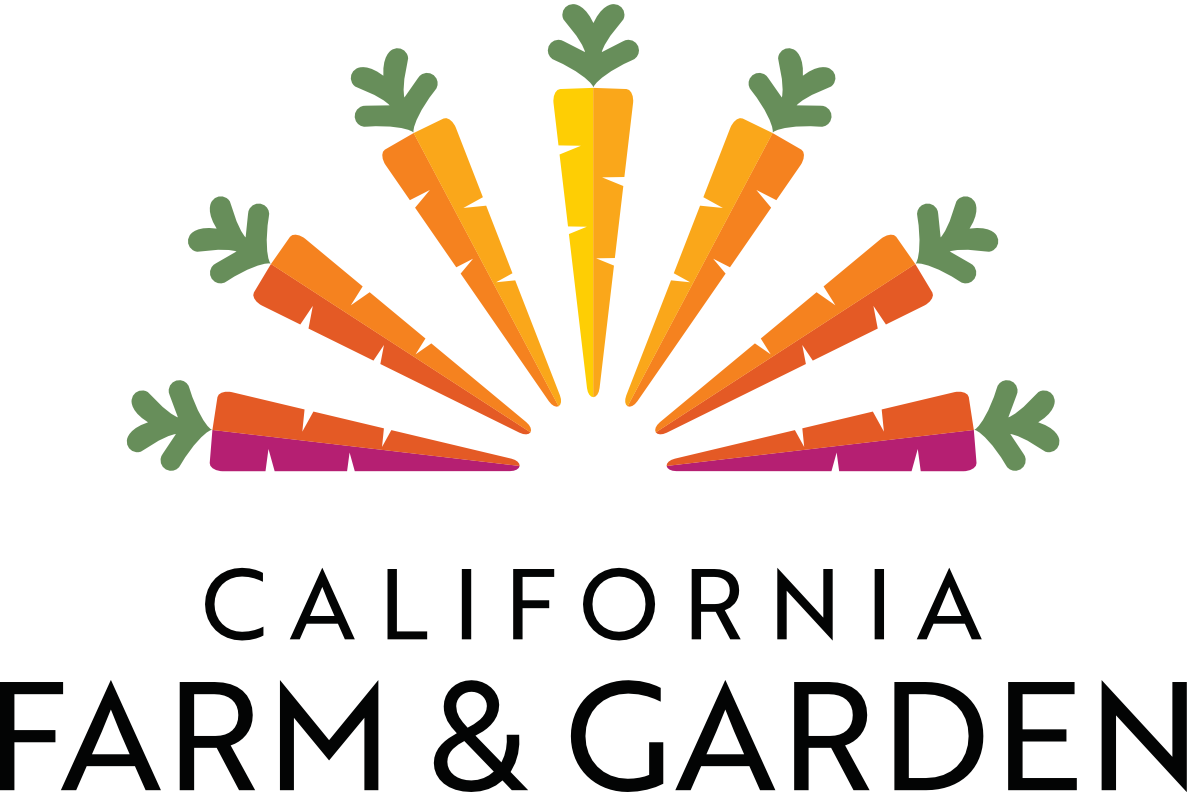5 Tips to Avoid Food Waste
Right at this very moment, about 40% of the U.S. food supply isn’t being eaten.
Sound ridiculous? According to the Natural Resources Defense Council, Americans are not only wasting “the equivalent of $162 billion each year, but also about 25 percent of U.S. water supply and producing 33 million cars’ worth of greenhouse gases, all for food that never gets eaten.”
It’s no wonder that food- and the incredible amount we waste- has been on everyone’s mind. In 2015, France announced its goal to reduce food waste 50% by 2025. England’s supermarket giants have begun efforts to make use of their “less than desirable” produce, feeding food pantries instead of landfills. And the Department of Agriculture and the EPA issued a joint goal of reducing American food waste 50% by 2030.
If 40% of America’s food supply goes uneaten, then each person throws out 20 pounds of food each month. Imagine buying 5 bags of groceries and dumping 2 bags before you make it home. Repeat this every single time you buy groceries and imagine not only how much food - but money, transportation and precious California water - this wastes. (You don’t have to imagine: it wastes 25% of fresh water.)
Here in San Diego county, we have some of the highest rates of hunger in the United States. There are 336,190 food insecure people, including children who are not eligible for federal nutrition programs. Our food pantry, distribution centers, and kitchens work hard to feed everyone but cannot fill the gap entirely.
In 2015, 500,000 people in San Diego were unsure of where their next meal will come from. 500,000 also represents the tons of food that San Diegans throw away annually.
If we connect these two issues, then the problem of food waste can be the solution to hunger! See the triangle of food waste solutions- the larger the section, the more improvement can be made and the greater impact it will have on our communities. Each of us can contribute in one or several ways.
Waste Not Tip #1: Reduce.
Easy-peasy. This one starts at the grocery store or farmers market. Simply reduce what you buy. Avoid bulk purchases of perishables. Plan meals according to the produce you have. Learn how to properly store fruits and vegetables so they don’t spoil quickly. Be conscious of expiration dates. Every detail truly helps!
Another yummy fix? Grow food at home, so you can pick when produce is ripe or the quantity you want, or use succession planting to stagger harvests. (This is where California Farm and Garden can help!) The EPA lists several more ideas here.
Waste Not Tip #2: Feed people in need.
Done with leftovers? There are people right here in your city who would appreciate a bite. Nationally, 14% of households are food insecure meaning they do not have “consistent access throughout the year to adequate food.”
The San Diego Food Bank distributes food at 183 sites and to 350 nonprofits like food pantries and senior living facilities. Their website features a search by zip code if you need food or would like to find organizations near you. Feeding America is the nation’s largest hunger-relief organization; its San Diego chapter always needs volunteers and funds or food donations.
Don’t believe any myth about being prosecuted for donating bad food: the Good Samaritan Food Donation Act protects well-meaning donors from liability.
Waste Not Tip #3: Feed livestock.
Which animals will raid your fridge? No, seriously. Some of our daily foods fit into our favorite farm animals’ diets.
Cows, Goats and Pigs: Yesterday’s bakery items, spent beer hops, leftover vegetarian school lunches…all of these can be donated to certain livestock farms. Frank Konyn Dairy in San Pasqual Valley accepts donations from bakeries and breweries around the county. Nutritionists mix and test everything to create a healthful feed for the dairy cows.
Your Dog: While keeping your dog’s nutrition in mind, most healthy food scraps and leftovers can be given to your dog. Words of warning: here is the ASPCA’s list of what NOT to feed your dog, including chocolate and grapes.
Chickens: Chickens are scavengers by nature: they’ll eat food scraps, grasses and most fruits and vegetables. San Diego allows residents to keep chickens & outlines the benefits and rules in this helpful PDF. Remember, no roosters allowed!
Waste Not Tip #4: Composting.
You’ve probably heard a lot about it, but still aren’t sure what it means. Composting is the process of turning food and landscaping scraps into nutrient-rich soil/fertilizer. The idea is to return the nutrients that went into growing plants back to the soil to grow more plants.
Let us do the work for you! Or, take advantage of the Miramar Landfill’s “Green Waste Recycling” program! City of San Diego residents can drop off their yard waste, Christmas trees and unpainted lumber free of charge.
Give it a try yourself at home! Composting can also be as small as a worm bin or pile in your yard. You can build your own bin (with plenty of ventilation) or San Diego offers a coupon voucher program. The Solana Center in Encinitas holds free composting classes and has many resources on recycling, composting and gardening, and water conservation.
Waste Not Tip #5: Disposal.
After all our other tips, this one will be a piece of cake. Hopefully, reducing your waste in other ways has left you with a whole lot less food going into the trash bin. As for the other odds and ends around the house? San Diego Recycling FAQ will tell you the cold hard facts on what can/cannot go into the big blue bin.
Thank you for reading our tips and for doing your best to reduce waste, for the benefit of people and the planet!

